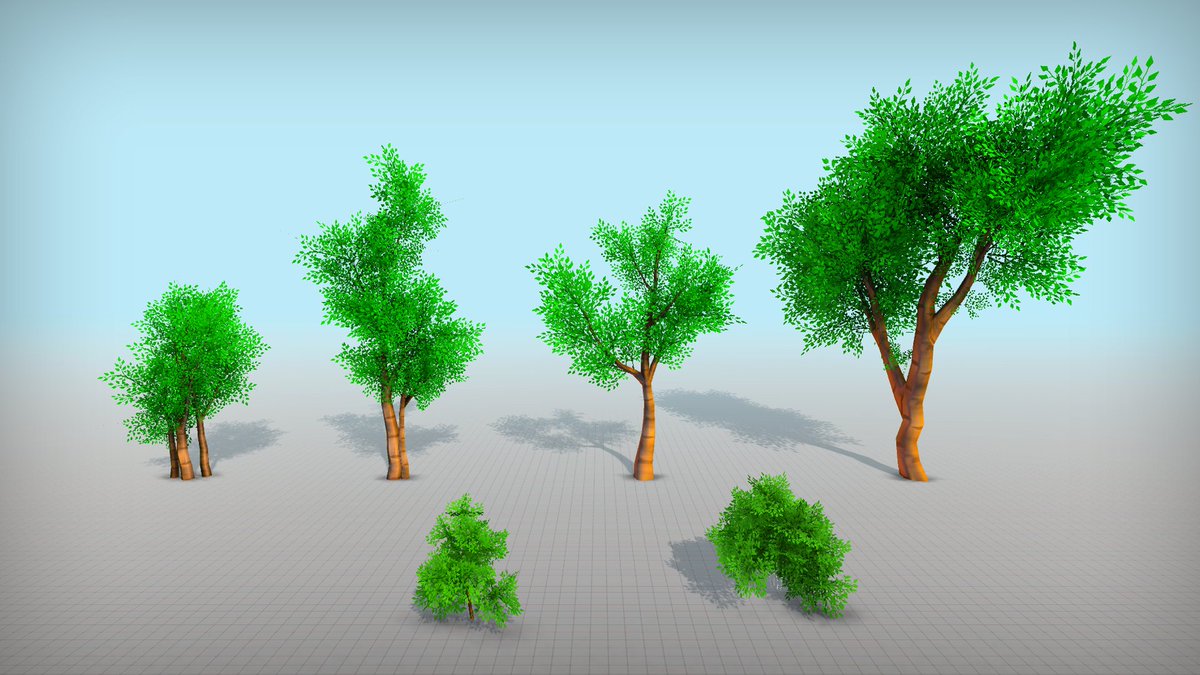

If you save uncompressed audio files into your Assets folder, they will be imported according to the compression settings specified. For more information about importing animations, please see Importing animations. If you do use animations, you have your choice of importing all animations from a single file, or importing separate files, each with one animation. Your mesh file does not need to have an animation to be imported. For a list of applications that are supported by Unity, please see this page. Whichever 3D package you are using, Unity will import the meshes and animations from each file. Read more about importing 3D files from your 3D app. Alternatively you can export as FBX from your 3D app into your Unity project. ma) into your Assets folder, they will be imported by calling back to your 3D package’s FBX export plugin (*).
#Unity 3d assets software
If you save your 3D files from most common 3D software packages in their native format (eg. You can find out more about importing images with alpha channels from photoshop, or importing your images as sprites 3D Model Files If you save your layered Photoshop (.psd) files into your Assets folder, they will be imported as flattened images. Most common image file types are supported, such as BMP, TIF, TGA, JPG, and PSD. If you want to bring collections of assets into your project, you can use Asset Packages.

meta files and what goes on behind-the-scenes during the import process. This way, Unity will automatically move or rename the corresponding meta file. The simplest way to safely move or rename your assets is to always do it from within Unity’s project folder. They contain important information about how the asset is used in the project and they must stay with the asset file they relate to, so if you move or rename an asset file in Explorer/Finder, you must also move/rename the meta file to match. meta files for each asset and folder, but they are hidden by default, so you may not see them in your Explorer/Finder either. meta files listed in the file system, but not visible in Unity’s Project Window. You’ll notice in the image above that there are. You can create as many folders as you like and use them to organise your Assets. The above image shows an example of a few files and folders inside the Assets folder of a Unity project. The relationship between the Assets Folder in your Unity Project on your computer, and the Project Window within Unity The items you see in your Project window represent (in most cases) actual files on your computer, and if you delete them within Unity, you are deleting them from your computer too. If you drag a file into Unity’s Project Window from your computer (eg, from the Finder on Mac, or from Explorer on Windows), it will be copied into your Assets folder, and will appear in the Project window.

The Project Window shows assets that have been imported into your project When you put any asset into your Assets folder, you will see the asset appear in your Project View. Unity will automatically detect files as they are added to Assets folder, or if they are modified. So if you save or copy a file to your Assets folder, it will be imported and become visible in your Project Window. The contents of the Project Window in Unity shows the items in your Assets folder. The Assets folder is where you should save or copy files that you want to use in your project. When you create a Unity Project, you are creating a folder - named after your project - which contains the following subfolders: The basic file structure of a Unity Project Unity will notice when you save new changes to the file and will re-import as necessary. For many common formats, you can save your source file directly into your project’s Assets folder and Unity will be able to read it.

Assets created outside of Unity must be brought in to Unity by having the file either saved directly into the “Assets” folder of your project, or copied into that folder.


 0 kommentar(er)
0 kommentar(er)
